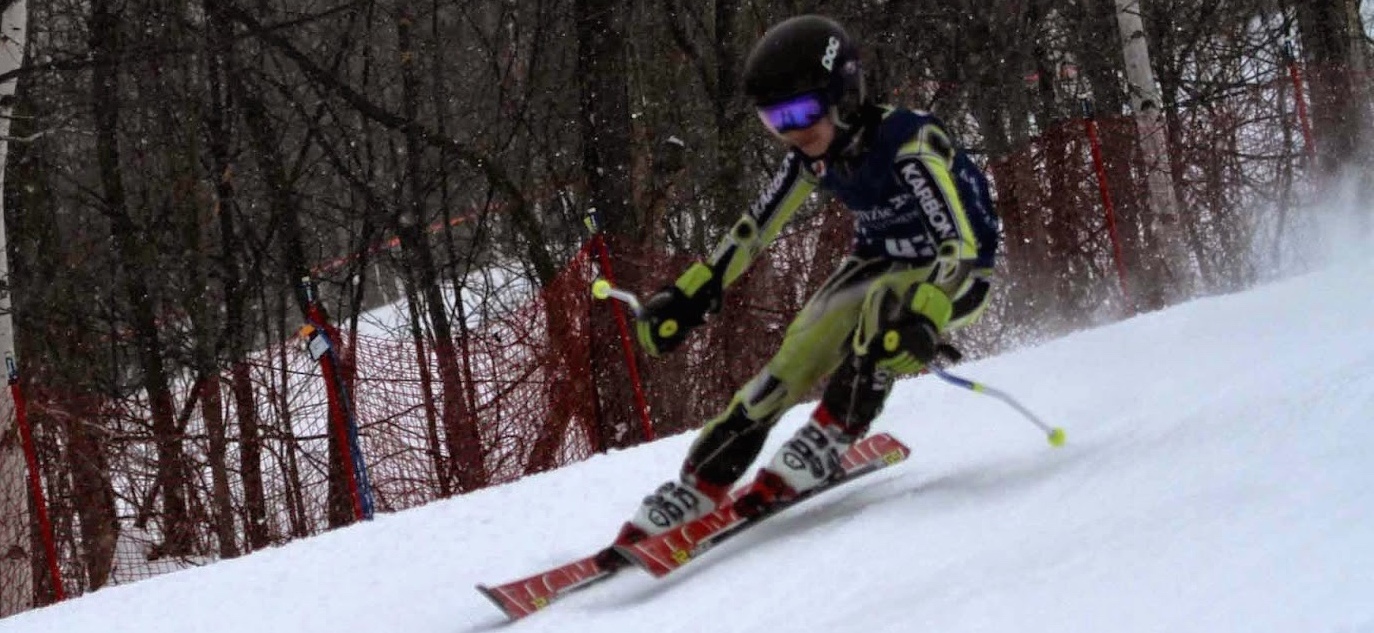Movements vs outcomes
Pub
Share
In skiing, as most action sports, we have inputs and outcomes. The inputs are what the skier does i.e. the movements: tip the skis on edge, steer, flex the leg, pole plant etc. The outcomes are the results: turning, carving, skidding, accelerating, slowing down etc.
The inputs are movements. The outputs are results. In the middle we have skills like balance, edging, pressure management, speed control etc.
The skier below displayed a lot of skill, but executed a simple set of movements to carve from left to right:
We all generally tend to focus on the observable stuff - i.e. what we notice when looking at somebody's skiing, but if we simply relay that back, the feedback would be like "less skidding, please".
That is appropriate for someone like a black belt, but for an effective communication and learning, we will instead focus on the inputs, i.e. the movements the skier makes, as opposed to the outcome of those movements. We will look at the outcome and figure out what you need to change, which is very important because you have to learn to self-coach, so we need to develop strong mental models for what you need to change input-wise, to affect the outcome this way or that way.
So, for instance, instead of saying "less skidding, please" we would say "tip the skis more" or "more (counter) balancing over the outside ski" or any other of the few things that contribute to carving the skis more and reduce the skidding, the one we identify as lacking at that point in time.
We aim to identify and focus on inputs versus outcomes in both instruction and feedback, on the basic movements and efforts you undertake versus the results these generate.
This is not limited to just feedback, but it will be pervasive throughout the website and progressions: we will talk about what to do specifically and then notice the outcome.
Guided discovery
This is a very effective way to develop a good understanding of the relationships between the inputs and outcomes. It relies on using questioning rather than direct instruction, delaying feedback etc.
Examples
Movements (inputs):
- tipping the skis on edge
- counterbalancing
- flexing and unweighting the inside leg++
Results (outputs):
- angulation
- separation
- carving the outside ski
Skills involved:
- edging
- pressure
Do you think that telling someone "carve the outside ski more" would result in everything you see below?
IQ helps
We'll sometimes let the brain figure out this or that connection, when it makes sense… when the "movements" or actions are too complicated and fine grained to learn mechanically.
The brain is a fine computer that can figure out the hundreds or thousands of sequential muscle activations it takes to walk - so we'll use it for that kind of stuff and avoid details, when it's simply more efficient to say "walk" or "step".
When doing so, we'll be careful to avoid confusion. For instance, an instruction to "turn the skis" may likely be interpreted as "pivot the skis to point the other way". Instead, we will be precise and ask to "edge the skis more" or such, which itself includes a smaller sequence of movements, which we'll let you figure out, often.
Coaching yourself
We will aim to give you enough tools to understand the movements/inputs and recognize outcomes and coach yourself, by connecting the outcome you observe to the inputs you have control over, building an effective feedback loop.
You should have a partner to either help you with feedback or just take frequent video, which you will then analyze yourself or with our help.
Read also:
- Intent, action and outcome
- Promoting new movement patterns
- Decision training vs behavior training in alpine skiing
You need to log in to post a comment!


